1. Peacock – The Showstopper
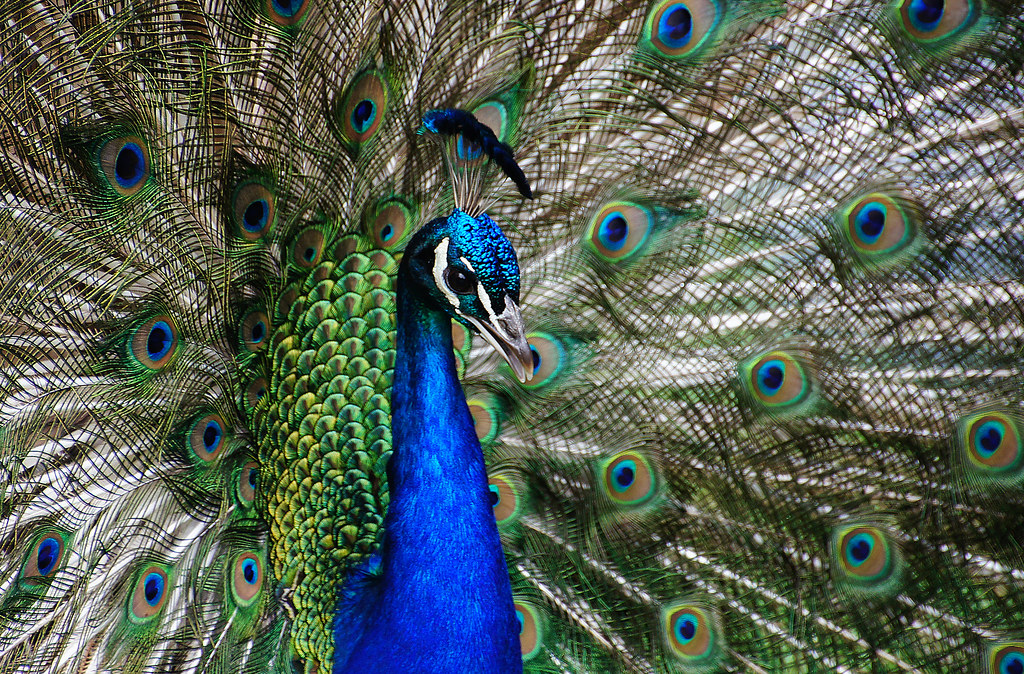
Flickr
When we think of vibrant, flamboyant animals, the peacock is undoubtedly the first to come to mind. Males have that incredible, iridescent tail, or “train,” that dazzles with shades of green, blue, and gold. But it’s not just for looks. The male uses his colorful feathers to attract mates, displaying his impressive plumage in a fan to make himself appear larger and more alluring. Meanwhile, female peacocks are much more muted in color, sticking to a brownish-gray to blend in and protect their young. It’s a fascinating example of nature’s beauty meeting practical purpose!
2. Mandarin Duck – A Flash of Color
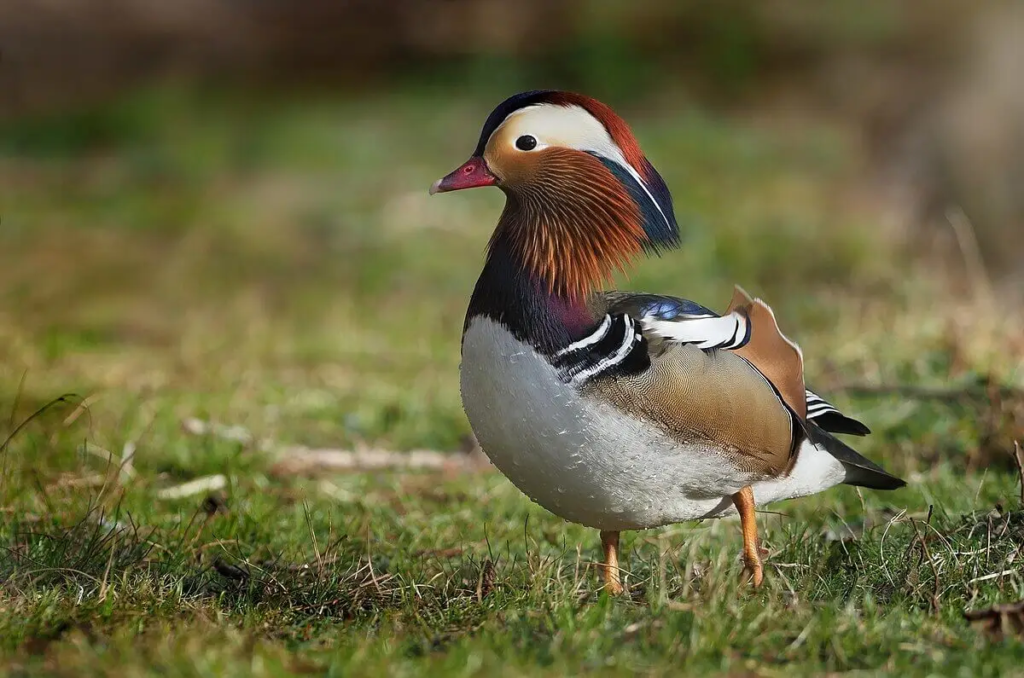
Animalia
Mandarin ducks are the true fashionistas of the bird world. The males flaunt a mix of deep orange, purple, and white with bright blue feathers, creating a look that’s almost unreal. They are a striking contrast to the females, who sport a much subtler pattern of brownish-gray with some faint markings. The male’s colorful plumage isn’t just for show – it helps him stand out to potential mates during the breeding season. It’s a vivid reminder of how the males in the animal kingdom often take center stage when it comes to color!
3. Scarlet Macaw – Nature’s Rainbow
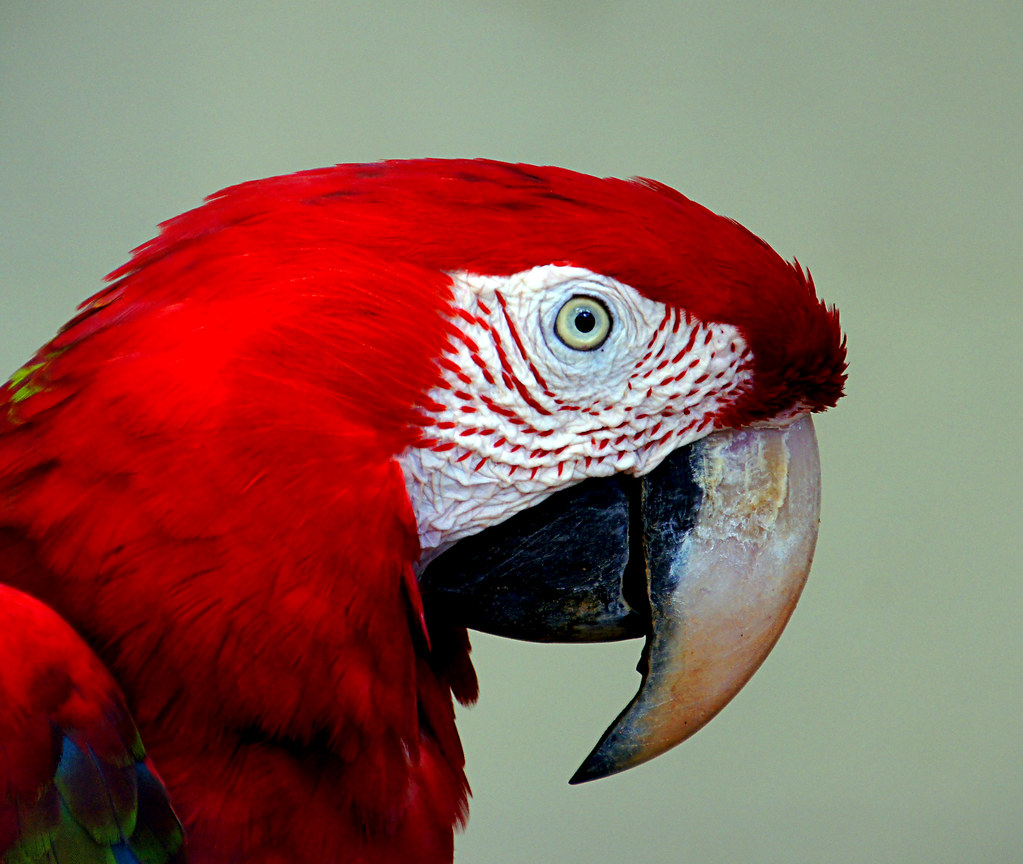
Flickr
Scarlet macaws are another stunning example of how color plays a role in the animal kingdom’s mating game. The males, with their bright red, yellow, and blue feathers, are absolutely eye-catching. These tropical birds use their vivid colors not only to impress females but also to communicate with each other. Female macaws are slightly more subdued in their color scheme, often lacking the intensity that males possess. It’s amazing to think that in such a lush, colorful environment, the male’s plumage still manages to steal the spotlight.
4. Mandrill – A Masterpiece of Color
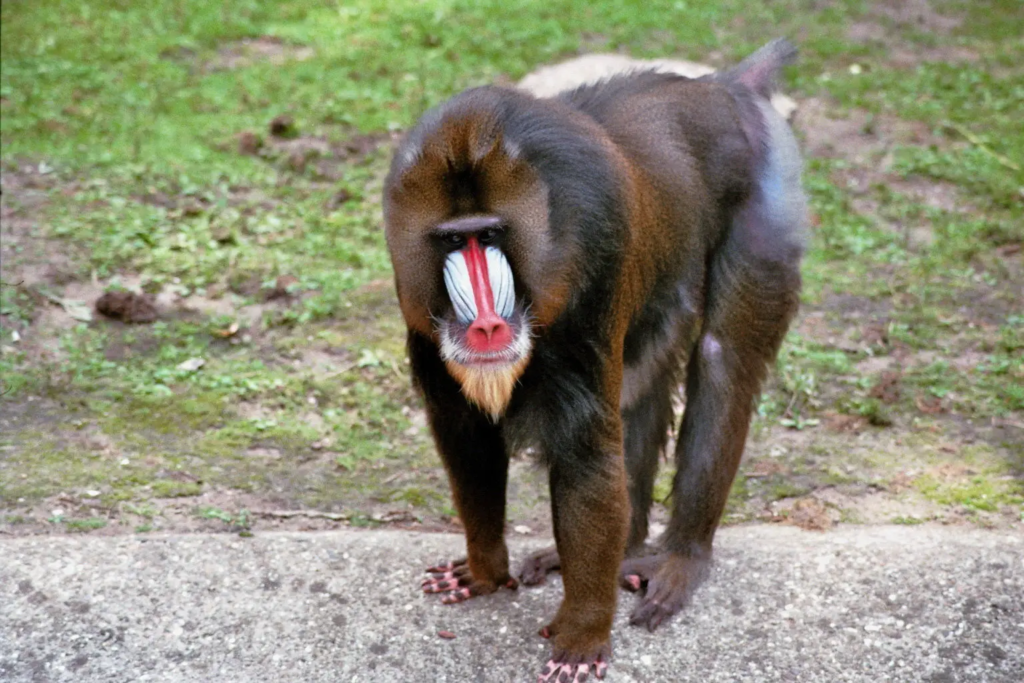
Animalia
Mandrills, often mistaken for baboons due to their similar features, are known for the striking color patterns on their faces and rumps. Male mandrills have vibrant red and blue hues on their faces and behinds, signaling dominance and vitality to potential mates. This color display is not just for beauty but is a visual indicator of the male’s health and fitness. The female mandrill, by contrast, has much less dramatic coloration, making it clear that males use color as a way to outshine and attract mates in this species.
5. Golden Poison Dart Frog – Bright and Deadly

Flickr
The golden poison dart frog might be small, but its color is undeniably bold. Male frogs are known for their bright, eye-catching yellow or golden hue. The males often have a more vibrant coloring than the females, which is believed to attract mates. This striking color is a warning signal to predators, showcasing the frog’s toxicity. Female dart frogs are typically darker in color and a bit more subdued in tone. This sexual dimorphism not only adds to their beauty but serves as a survival tactic in the wild.
6. Bird of Paradise – The King of Color

Animalia
The bird of paradise is often regarded as the epitome of elegance and color in the animal kingdom. Males of this species go all out when it comes to attracting mates. With their unique, elaborate plumes in vibrant hues of yellow, blue, orange, and green, they put on a dramatic performance to woo a female. The elaborate dance and posture that accompanies these bold colors are a part of the male’s courtship ritual. The females, by contrast, have simpler plumage and aren’t nearly as striking, which makes the males’ colorful displays even more noticeable.
7. Mandarin Fish – Underwater Beauty

Animalia
The mandarin fish, often found in the Pacific Ocean, is a colorful spectacle in the aquatic world. Males have brilliant blue and orange markings, which stand out against the coral reefs where they live. Their intricate coloration helps them stand out during mating displays. The female mandarin fish, though still beautiful, lacks the intensity and vibrancy of the male’s markings. This underwater fashion statement is more than just eye candy – it’s a tool for males to attract mates, showing off their health and vitality through color.
8. Lions – Majestic Manes
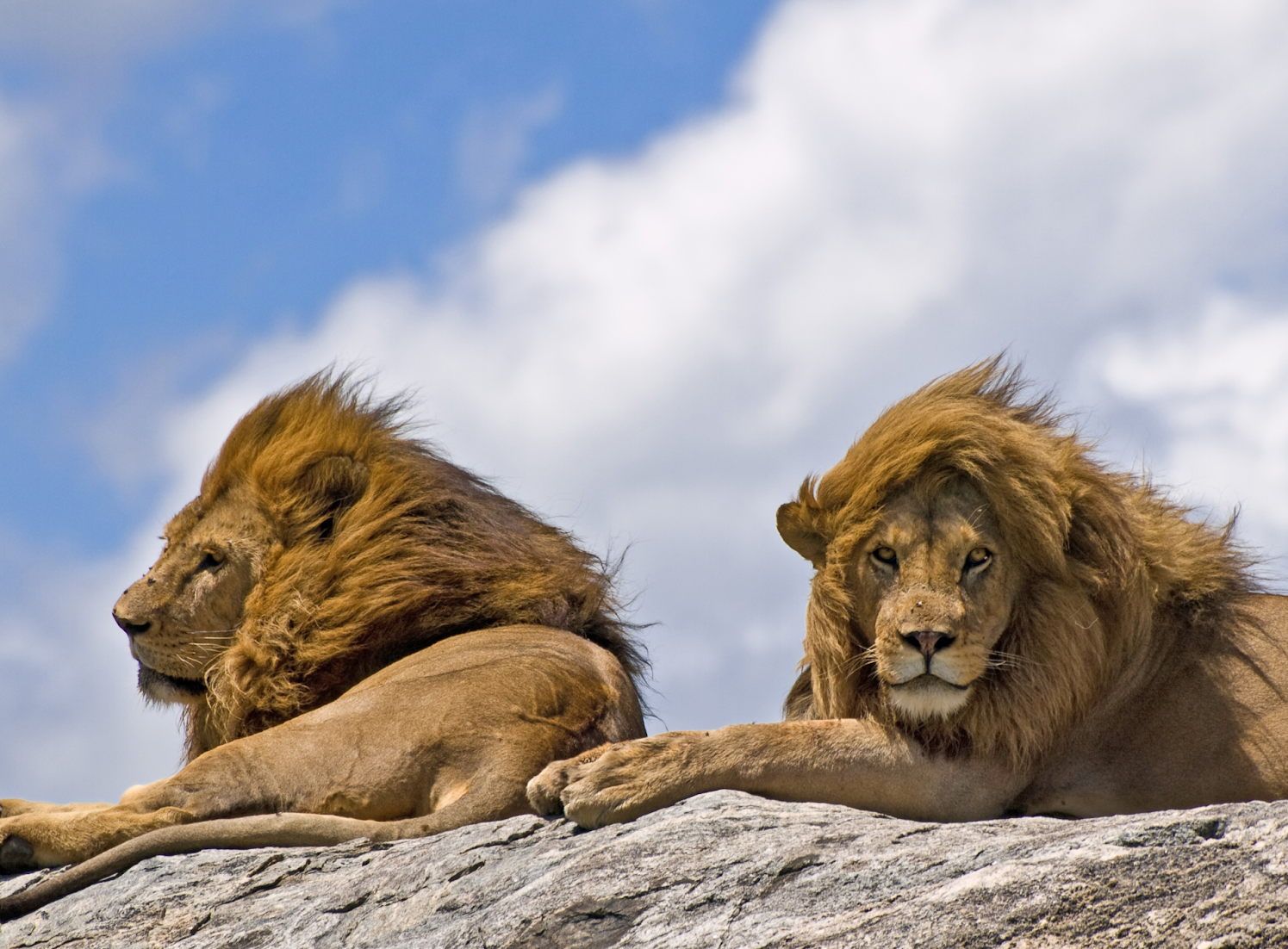
Wikimedia Commons
Lions are known for their regal appearance, and the males’ golden manes are one of the most iconic displays of animal beauty. These manes, which range from pale gold to deep brown, serve as both a signal of dominance and a sign of a male’s health. A larger, darker mane is often seen as a symbol of strength and virility, attracting females. Females, on the other hand, don’t have manes and are less colorful, focusing on their role in hunting and nurturing. The contrast between the sexes is a beautiful example of nature’s selective preferences.
9. Western Bluebird – Subtle Yet Stunning
Wikimedia Commons
Male western bluebirds are a vibrant sight against the backdrop of the North American landscape. With their bright blue feathers and warm chestnut-orange bellies, these birds are hard to miss. The color of their plumage is a sign of fitness, with females typically drawn to males with the brightest, most vibrant hues. Females have more muted tones, which help them blend into their environment, especially when nesting. The male’s colorful display is essential for attracting a mate, showing that in the animal kingdom, sometimes the brightest bird gets the best partner.
10. Great Kiskadee – Nature’s Little Sunbeam

Animalia
The great kiskadee, a member of the flycatcher family found in Central and South America, is another bird where the male steals the show with its vivid colors. The male sports a bold yellow belly, a black-and-white striped head, and a striking yellow crest, making it stand out against the greenery. Females, on the other hand, are often a bit more subdued in their coloration. The male’s bright plumage not only attracts attention from potential mates but also helps it establish territory, creating a visual spectacle that’s hard to ignore in the dense forests they inhabit.
11. Bengal Tiger – Subtle Yet Powerful
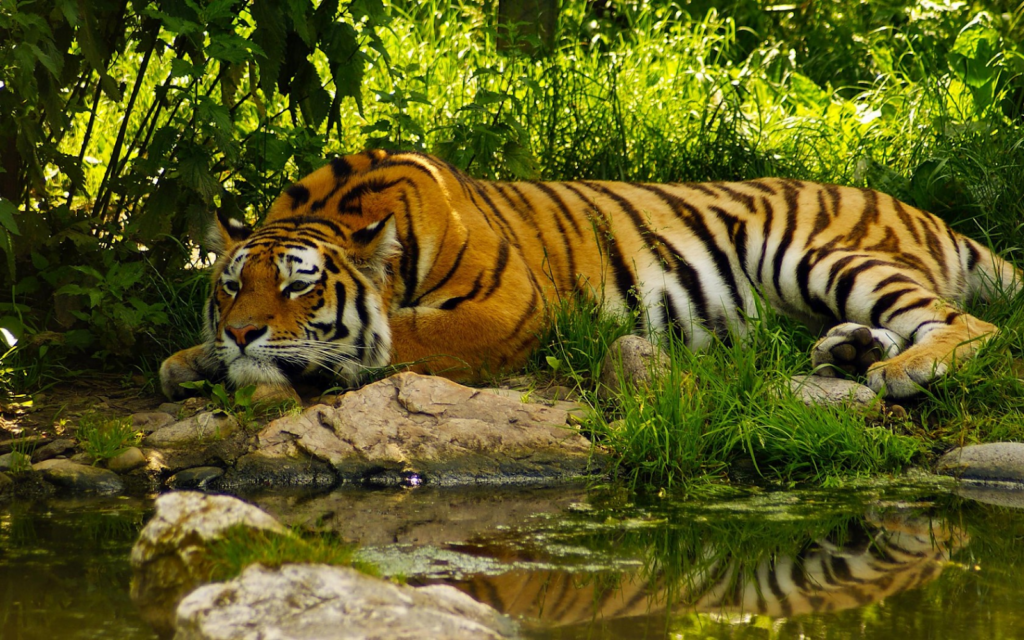
Wikimedia Commons
Bengal tigers are renowned for their striking orange coats and dark black stripes. While both males and females share this eye-catching coat, the males often have a more pronounced, fuller set of stripes, making them appear larger and more intimidating. The vibrant orange fur, along with the black stripes, helps these magnificent predators blend into their jungle environment while also standing out in the wild. It’s a subtle form of beauty, but one that is essential for attracting mates and asserting dominance in the tiger world.
12. Gouldian Finch – A Rainbow of Colors

Flickr
The male Gouldian finch is truly a masterpiece of color. With bright red, yellow, and green feathers, these finches are a true spectacle in their native Australia. The males’ vibrant plumage is used to attract mates, with brighter colors signaling better health and more desirable genetic traits. Females, while still colorful, don’t have the same intense contrast and often appear more muted in comparison. This striking sexual dimorphism showcases how color can be a powerful tool for males in the animal kingdom to make a lasting impression.
13. Eastern Bluebird – Colorful and Timeless
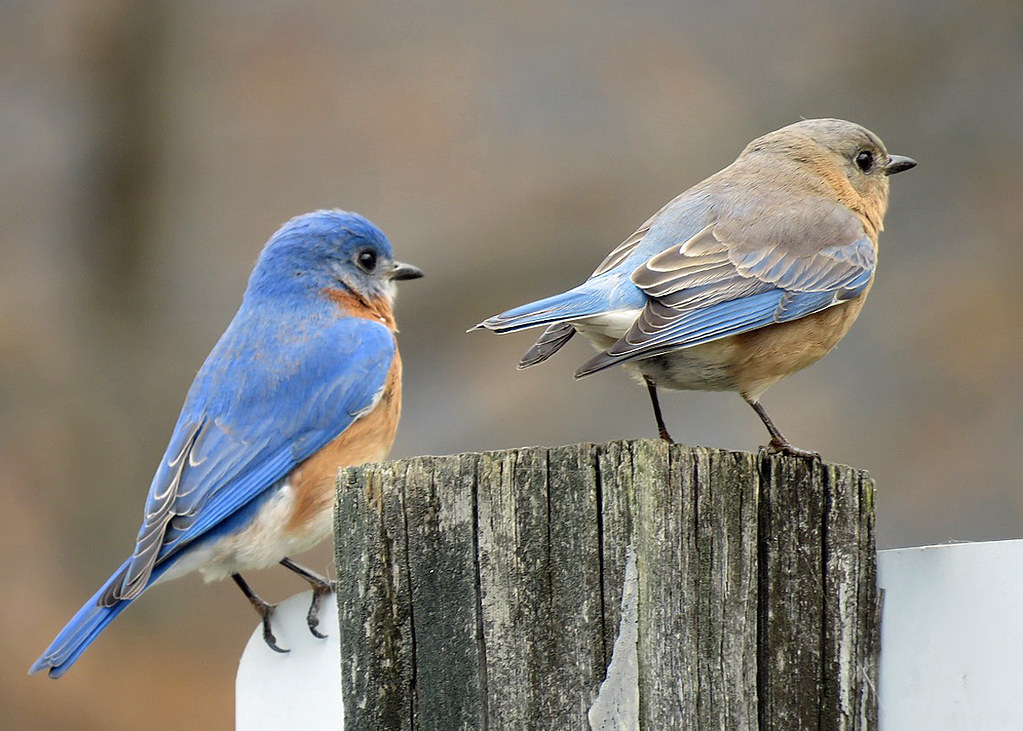
Flickr
The eastern bluebird is another bird where the male really steals the limelight. His rich, cobalt blue feathers and orange chest create a stunning contrast that is sure to grab any birdwatcher’s attention. These males have brighter plumage compared to females, which helps them stand out during the breeding season. The vivid blue hue is not only attractive but also a symbol of the male’s health and vitality. The females, while still lovely, have more muted tones of brown and gray, which help them blend in as they nest and care for their young.
14. Male Cuttlefish – Color-Changing Camouflage

Flickr
Male cuttlefish are among the most skilled color-changers in the animal kingdom. They can rapidly alter their skin color and texture to display vibrant patterns that catch the eye of potential mates. Males use these color changes to show off their fitness and attract females, who prefer the most colorful and vibrant displays. The females are less flashy, with more subdued and less variable color patterns. It’s a fascinating example of how male animals use color not just for show but to communicate important signals about their health and genetic strength.
This list highlights the diverse and striking ways male animals flaunt their colors, from courtship displays to survival tactics. Each example showcases the natural world’s incredible variety and the evolutionary advantages that these vibrant hues provide.


